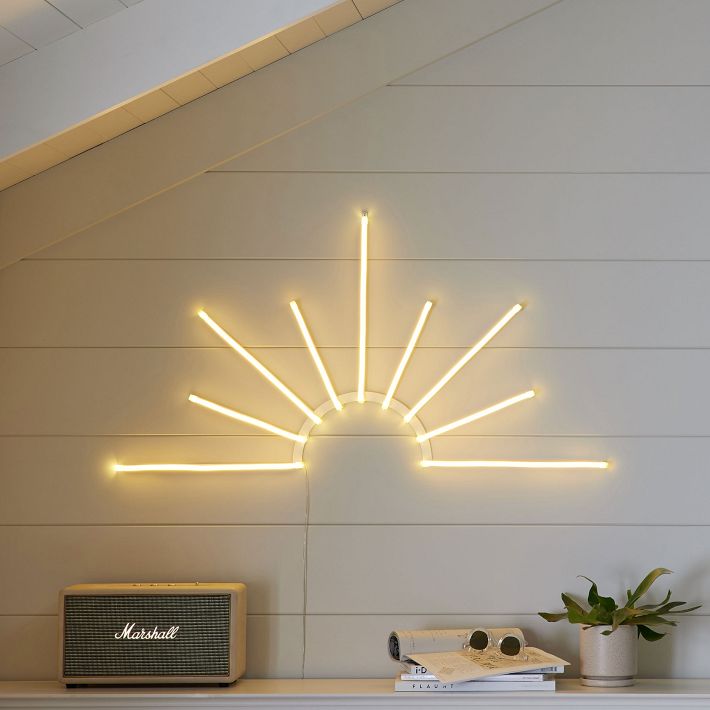Efficient Tactics for Overcoming Overheating Issues in LED Display Screens
Wiki Article
LED wall screens are progressively common for various uses, including promotion, events, and digital screens. Nevertheless, overheating is a significant challenge that can impact their performance and lifespan. When LED screens overheat, they may dim, color distort, or even fail completely. Grasping the causes and applying efficient strategies to manage heat can assist preserve the optimal operation of LED panel panels. This article will discuss several approaches to tackle excess heat challenges associated with these devices.
One powerful strategy for preventing overheating in LED wall panels is ensuring proper airflow. It is crucial to place these screens in settings where air circulation is sufficient. This can be achieved by placing the panels in a properly aired space or utilizing blowers to enhance airflow around the units. Additionally, if the panels are mounted in a confined space, creating openings or using vents can help dissipate heat more effectively. Keeping a lower ambient heat level is vital, as it directly impacts the performance and lifespan of LED wall panels.
Another way to address excess heat is through the application of thermal control substances. These substances can help absorb, dissipate, or redirect heat away from the LED components. Thermal sinks are frequently employed in many digital units, such as LED panels. These metal components draw heat away from the light-emitting diodes, permitting them to operate at a more secure temperature. Additionally, thermal compound or films can be applied to improve heat conduction between the LED elements and the thermal sinks, further enhancing their chilling check this link right here effectiveness.

Regular maintenance and monitoring of LED wall screens also play a vital part in preventing overheating. Dust and debris can accumulate on the surfaces of these panels, obstructing airflow and trapping heat. Regular tidying, using appropriate tools, will keep the screens free from blockages. Furthermore, tracking the heat level of the screens can help identify overheating issues before they become severe. Using temperature sensors can provide valuable data, allowing users to take corrective action if the panels begin to exceed safe operating temperatures.
The use of advanced technology can also help tackle excess heat issues in LED panel screens. Many contemporary LED screens come equipped with built-in thermal management systems. These systems can automatically modify the luminosity of the screen based on the heat level, lowering heat generation when needed. Additionally, program solutions can monitor the functionality of the panels and provide notifications if excess heat is identified. Incorporating these tools can considerably enhance the longevity and reliability of LED panel screens.
In summary, controlling excess heat in LED wall panels is crucial for ensuring their performance and lifespan. Implementing strategies such as ensuring adequate ventilation, using thermal management materials, conducting regular maintenance, and utilizing cutting-edge tools can help reduce excess heat challenges. By taking these proactive measures, users can enjoy the complete advantages of LED panel screens while minimizing the risk of heat-related issues. This method not only improves the functionality of the panels but also contributes to a more eco-friendly and efficient application of technology in multiple uses.